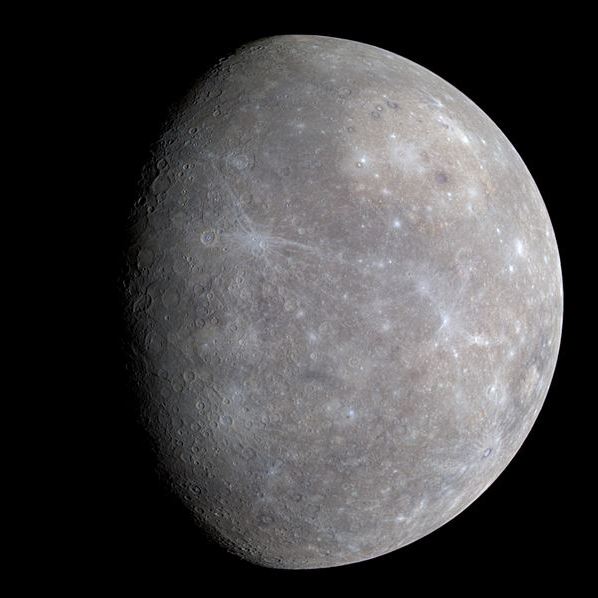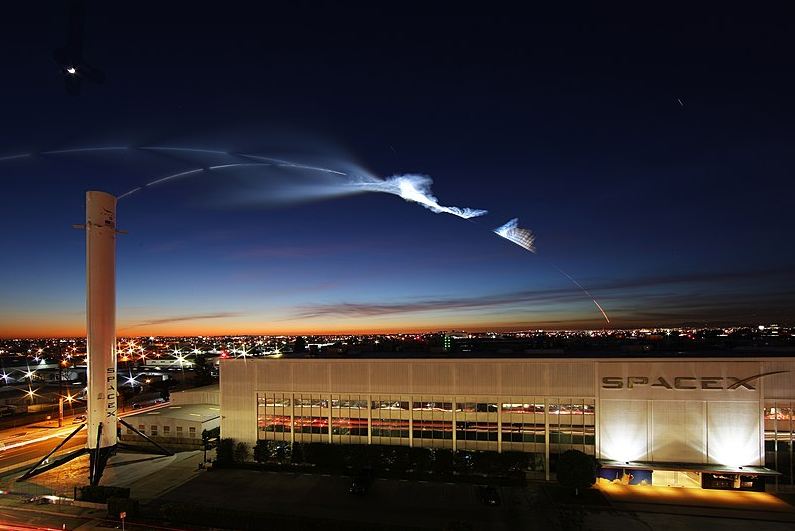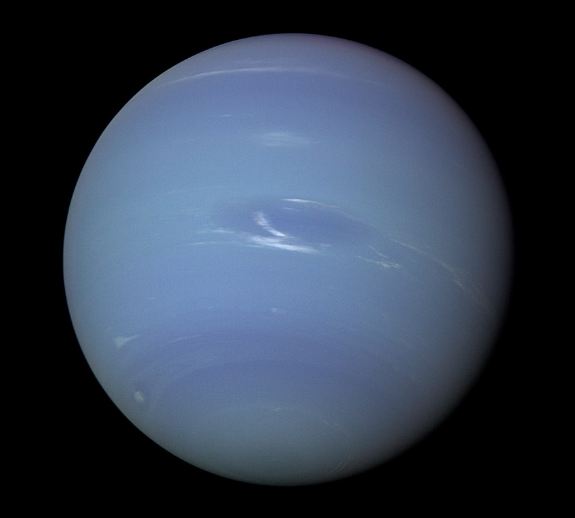When we talk about the solar system, we consider the nine planets with Pluto or eight planets without Pluto. These nine planets include Mercury, Venus, Earth, Mars, Jupiter, Saturn, Uranus, Neptune, and Pluto as well. Over the past many years, astronomers have been studying the different planets in great detail, and there has been a lot that we have been able to figure out.
Gravity is one of the most important aspects to consider when studying any planet for its importance in the solar system. Each planet has its properties for gravity, and you’ll be surprised to find out some much unexpected facts.
What is Gravity?
Gravity has always existed, but it was theoretically considered after the famous scientist Sir Isaac Newton had an apple fall on his head from a tree. This made him realize that there is a certain force that is attracting things towards the earth and not letting them go to the sky. Although we may not realize this, it is one key aspect that is related to our living on the Earth. Gravity is highly dependent on the mass of a particular object.
Gravity on Earth
Since we live on Earth, we compare the gravity of other planets with it as well. For this reason, the gravity (g) of Earth is set at 1. The Earth’s gravity is noted as 9.8 m/s square. This means that if an object is thrown from the air, it would drop down by 9.8 meters for every second of free fall. Note that this principle ignores all the effects of air resistance.
Despite the fact that the Earth’s gravity has been mentioned above, there are certain differences observed in different parts of the planet. At some places, the gravity is slightly higher whereas at the others it is low. Nonetheless, humans noticing such a minor difference is not possible by any human which is why even if you have traveled from one place to another, you might not have felt that.
Gravity at Mercury
The generic properties of Mercury show that it is a planet that is quite smaller in size and closest to the sun which is why it has fewer days as well. The mean radius of Mercury is 2440 Km, and the mass is 3.30 x 1023. Both, the size, and mass of Mercury are lower than that of Earth which is why the gravitational forces at Mercury are also not high.
Mercury is about 0.38 times Earth which means it has 0.38 g. In numerical forms, it has a surface gravity of 3.7 m/s square. Fun Fact! If you weigh about 100 kilograms on Earth, you will weigh only 38 kilograms on Mercury.
Gravity on Venus
The second planet in our Solar System is Venus. Astronomers have given it the name of Earth’s Twin due to several identical properties including the gravitational forces. The mean radius of Venus is 4.6 × 108 km squares along with a mass of 4.8×1024 kg. These figures are just slightly lower than those of Earth, but hey, isn’t one of the twins always younger?
In terms of size, Venus is about 90% of the size of Earth and 95% as dense as Earth. Therefore, the gravity on Venus is also quite close to what we have on earth. It is 8.87 m/s square or 0.904 g. Does that mean that Venus is inhabitable? Certainly not because there are so many other factors that have to be considered and gravity does not seem like one of them.
Gravity on Mars
Mars is one of those planets where human beings are expected to travel in the next few years. This is due to the exceptional work being done by Elon Musk and SpaceX so that Mars can become the next place for humans to live. We can say that Mars is also another twin of Earth but seems like a more feasible idea.
However, Mars is smaller than Earth and the mean radius is 3.389 km which is 0.5 times that of Earth. The mass of Mars is only about one-tenth of Earth’s. As far as gravity is concerned. Mars has 0.38 g which is about 3.71 m/s square. Mars seems more inhabitable for humans because there have been signs that oxygen is present on Mars.
Gravity on Jupiter
Jupiter is the biggest planet we have in the Solar System and the radius is about 11 times bigger than that of Earth at about 69911 kilometers. Jupiter is regarded as the grand planet due to the high mass of 1.89 x 1027 kg. This is again a huge 317 times higher figure than that of Earth. But did you know that unlike Earth, Jupiter is just a gas giant with no solid core? As a result, the density at Jupiter is lower than what we have seen at Earth at 1.326 g/cm cube.
With no solid surface and simply Hydrogen, it has more than regular gravity than Earth. At Jupiter, the surface gravity is 24.79 m/s making it three times what we experience on Earth. However, it will appear much higher because there is no core to stand on. All that would happen if you do try to access Jupiter is that you will simply sink in.
Gravity on Saturn
Saturn is a twin planet, but not of earth. Saturn is a gas giant just like Jupiter. With a higher mass of 5.68 x 1026 kg, it may seem like Saturn will be having a very high gravity but because it is a gas giant, there is a very low density of 0.68 g/cm cube. As a result, the contradictory differential factors make it the surface gravity at Saturn at 10.3 m/s square or 1.065 g.
One thing which gets clear from the concurrent analysis is that the mass is not the only thing that impacts the gravity as the density plays a key role in evaluating how much pull there is likely to be.
Gravity on Uranus
Uranus is another big planet in our Solar System but not as big as Jupiter. The mean radius we know for Uranus is about one-third of Jupiter at 25360 kilometers while the mass is 8.68 x 1025 kg. Uranus is four times bigger when compared with Earth but yet again, it is a gas giant and not like any of the planets that humans can live at.
Moreover, the density also gets low because of being a gas giant which is why the gravity on this planet is relatively a bit lower than what we see on earth. It is 0.886 g or 8.69 m/s square. As it is a gas giant, it is yet another uninhabitable planet in our Solar System.
Gravity on Neptune
When Pluto was also considered a planet among the Solar System planets, it was the last planet starting from Mercury. However, after Pluto has been removed from the Solar System, the last planet is Neptune. Neptune is another gas giant planet and is also considered the 4th largest one. The mean radius is close to Uranus at 24622 kilometers with a mass of 1.02 x 1026 kg.
Neptune is about 3.8 times the Earth and 17 times higher in mass. The gaseous matter has lowered the density of the planet which is why it has an 11.15 m/s square of gravitational force and not a lot higher than Earth. In terms of g, the gravity is 1.14 g.
Gravity on Pluto
Pluto is a very odd celestial body in our solar system and due to many contradictory facts as compared to the definition of an actual planet; Pluto was disregarded from the Solar System. It is also considered as the smallest “ex-planet” in our solar system. To make one complete revolution around the sun, it takes Pluto about 248 years. The mean radius is only about 1200 kilometers.
Pluto has only about one-fifteenth of the gravity that we experience on the Earth making it about 0.6 m/s square. This means that most of us would be in the air and not falling at any period of time. A person weighing 100 pounds on earth is only 7 pounds at Pluto.
Conclusion
It’s quite interesting to know about how all the planets being in the same solar system have so many different properties with only Earth being a completely inhabitable planet. The perfect gravity, as well as the level of oxygen which is supplied at this planet, is currently irreplaceable on any other planet. We really hope that humans soon spot a way to actually land on Mars.
For those who are intrigued about the cool stuff in space, they would like some of the unique facts and figures about the biggest planet in our Solar System. Follow the page – Facts You Should Know About Jupiter.
In case you have ever wondered how the different celestial bodies got their name, you can find out on this page – How celestial bodies got their names?






